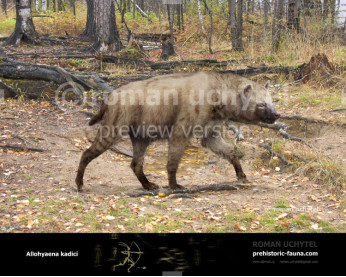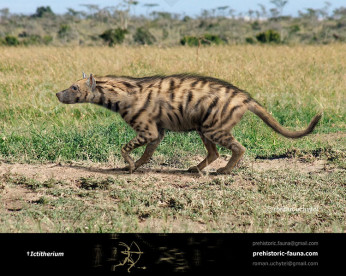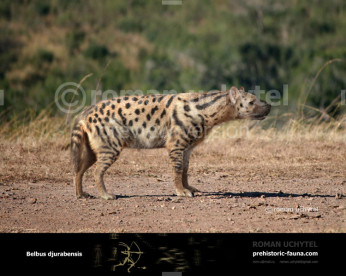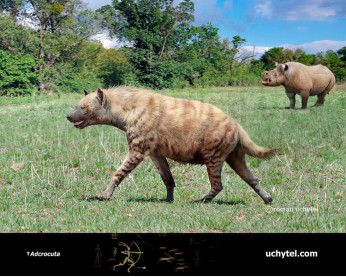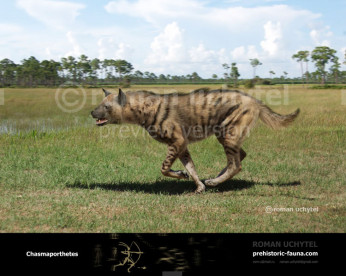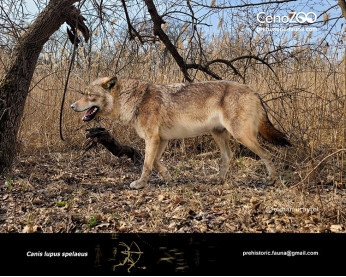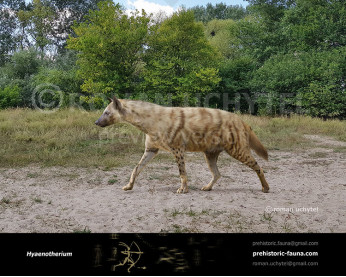Cave hyena (Crocuta crocuta spelaea)
396396Cave hyena (Crocuta crocuta spelaea (Goldfuss, 1823))
Order: Carnivora
Family: Hyaenidae
Dimensions: 1,5 m in length, 100 cm in height, 60-100 kg of weight
Expansion: Pleistocene of Eurasia (500 000 – 11 000 years ago)
The cave hyena (Crocuta crocuta spelaea) is an extinct subspecies of spotted hyena (Crocuta crocuta) native to Eurasia, ranging from northern China to Spain and into the British Isles. Though originally described as a separate species from the spotted hyena due to large differences in fore and hind extremities, genetic analysis indicates no sizeable differences in DNA between Pleistocene cave hyena and modern day spotted hyena populations. It is known from a range of fossils and prehistoric cave art. With the decline of grasslands 12,500 years ago, Europe experienced a massive loss of lowland habitats favoured by cave hyenas, and a corresponding increase in mixed woodlands.The main distinction between the spotted hyena and the cave hyena is grounded on different lengths of the hind and fore limb bones. They have been estimated to have weighed 102 kg. Little is known of their social habits. Their use of caves as dens is widely accepted, although sites in the open-air are also known. Indications of whether cave hyenas lived in large clans or on a more solitary basis is lacking, though large clans are not considered likely in their Pleistocene habitat.
Cave hyena (Crocuta crocuta spelaea (Goldfuss, 1823))
Order: Carnivora
Family: Hyaenidae
Dimensions: 1,5 m in length, 100 cm in height, 60-100 kg of weight
Expansion: Pleistocene of Eurasia (500 000 – 11 000 years ago)
The cave hyena (Crocuta crocuta spelaea) is an extinct subspecies of spotted hyena (Crocuta crocuta) native to Eurasia, ranging from northern China to Spain and into the British Isles. Though originally described as a separate species from the spotted hyena due to large differences in fore and hind extremities, genetic analysis indicates no sizeable differences in DNA between Pleistocene cave hyena and modern day spotted hyena populations. It is known from a range of fossils and prehistoric cave art. With the decline of grasslands 12,500 years ago, Europe experienced a massive loss of lowland habitats favoured by cave hyenas, and a corresponding increase in mixed woodlands.The main distinction between the spotted hyena and the cave hyena is grounded on different lengths of the hind and fore limb bones. They have been estimated to have weighed 102 kg. Little is known of their social habits. Their use of caves as dens is widely accepted, although sites in the open-air are also known. Indications of whether cave hyenas lived in large clans or on a more solitary basis is lacking, though large clans are not considered likely in their Pleistocene habitat.

-797x638.jpg)
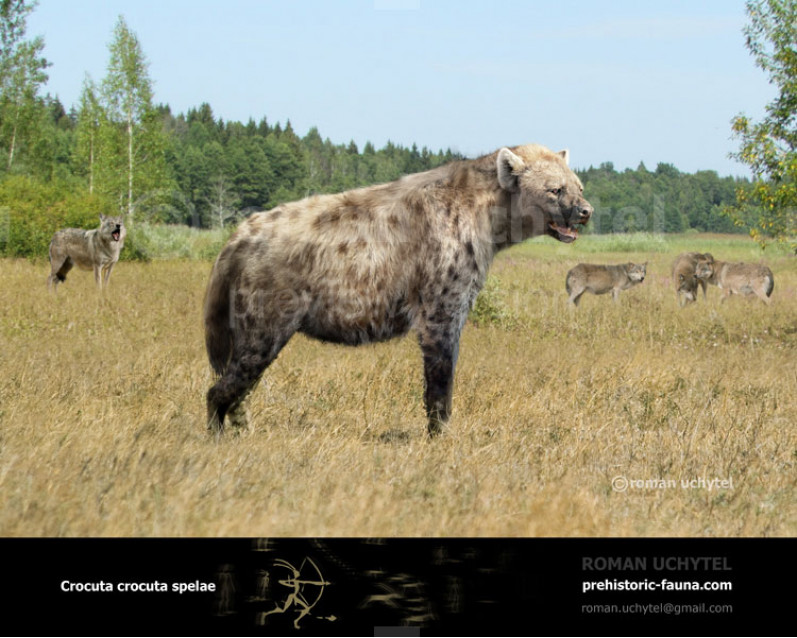
-797x638.jpg)
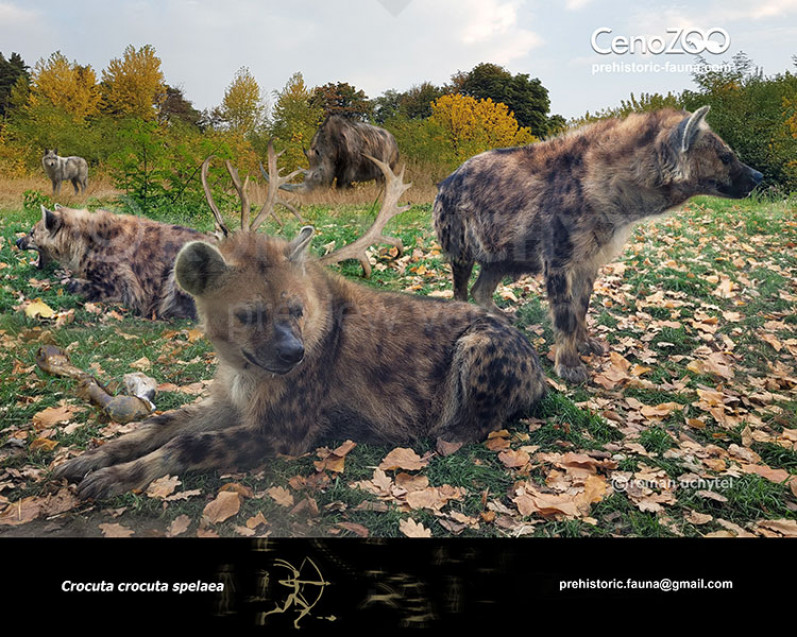
-797x638.jpg)
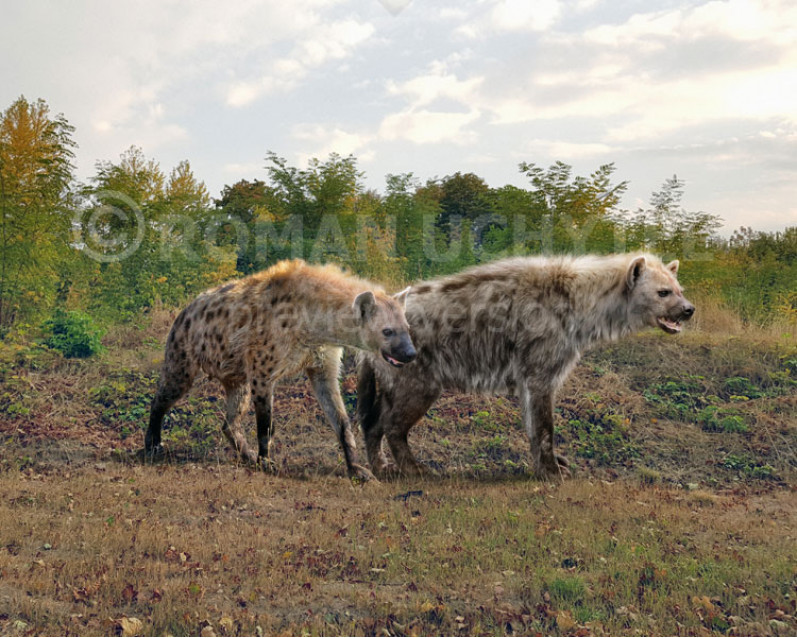
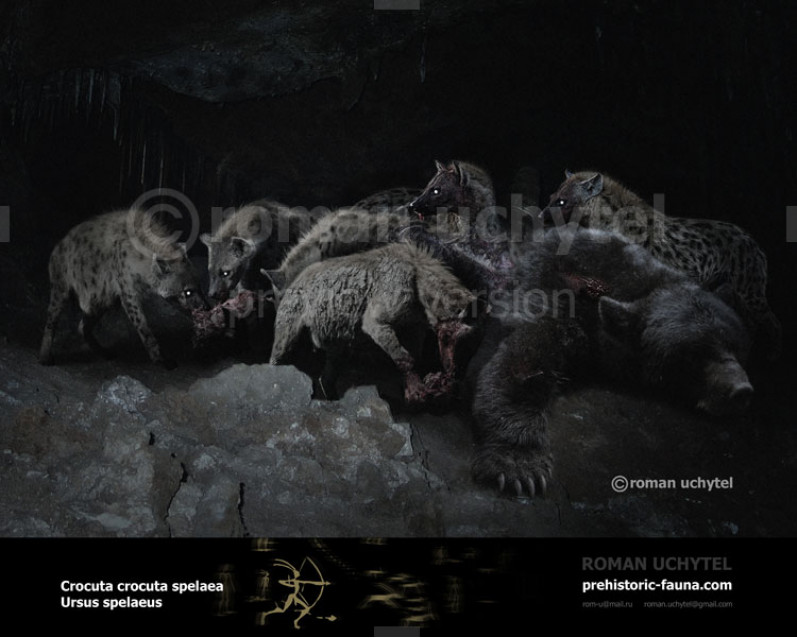
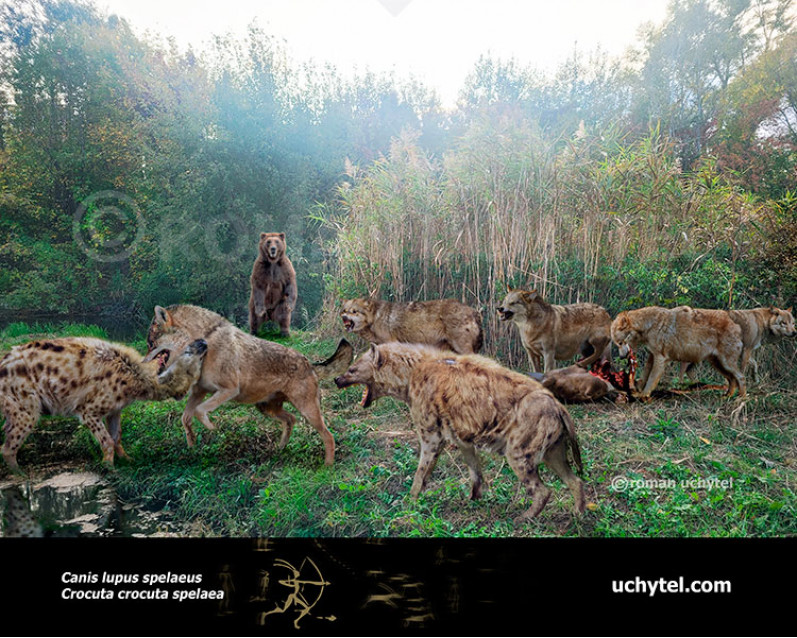

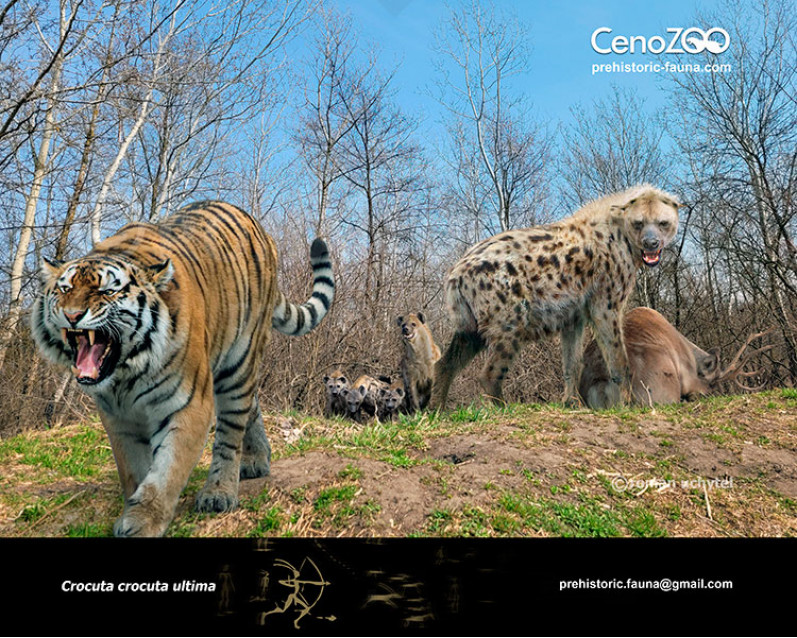
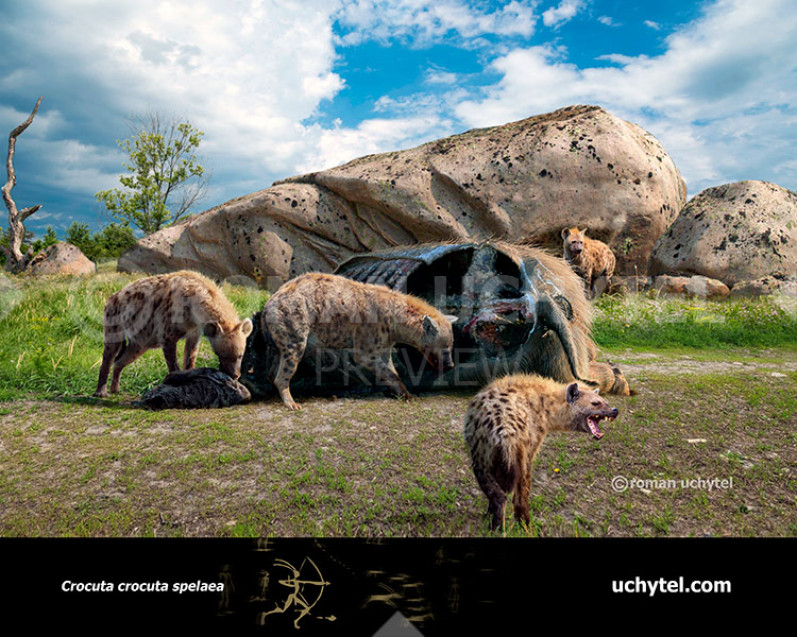
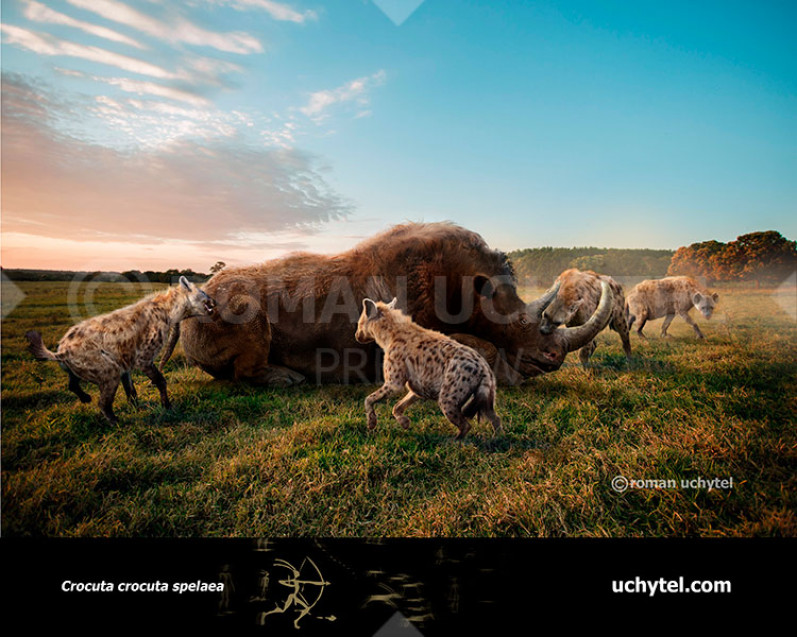
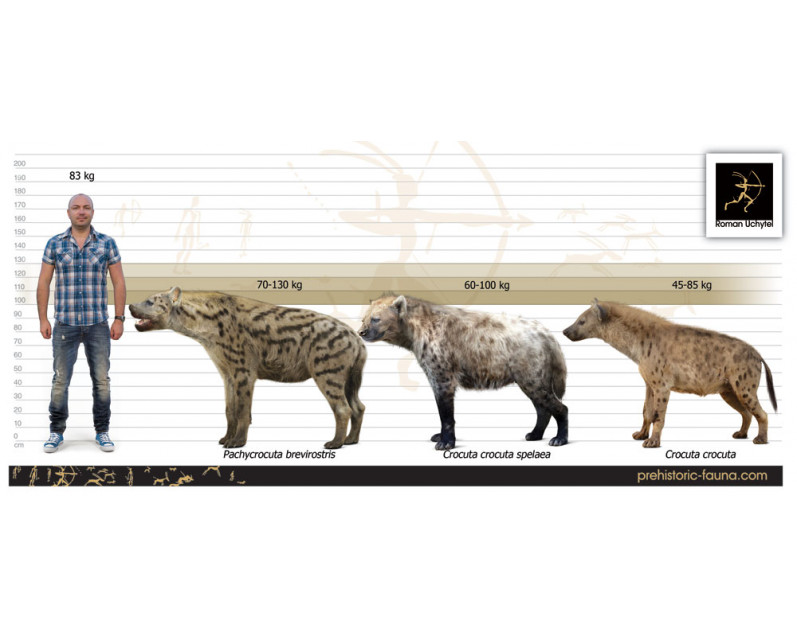
-70x56.jpg)

-70x56.jpg)

-70x56.jpg)








-346x277.jpg)
